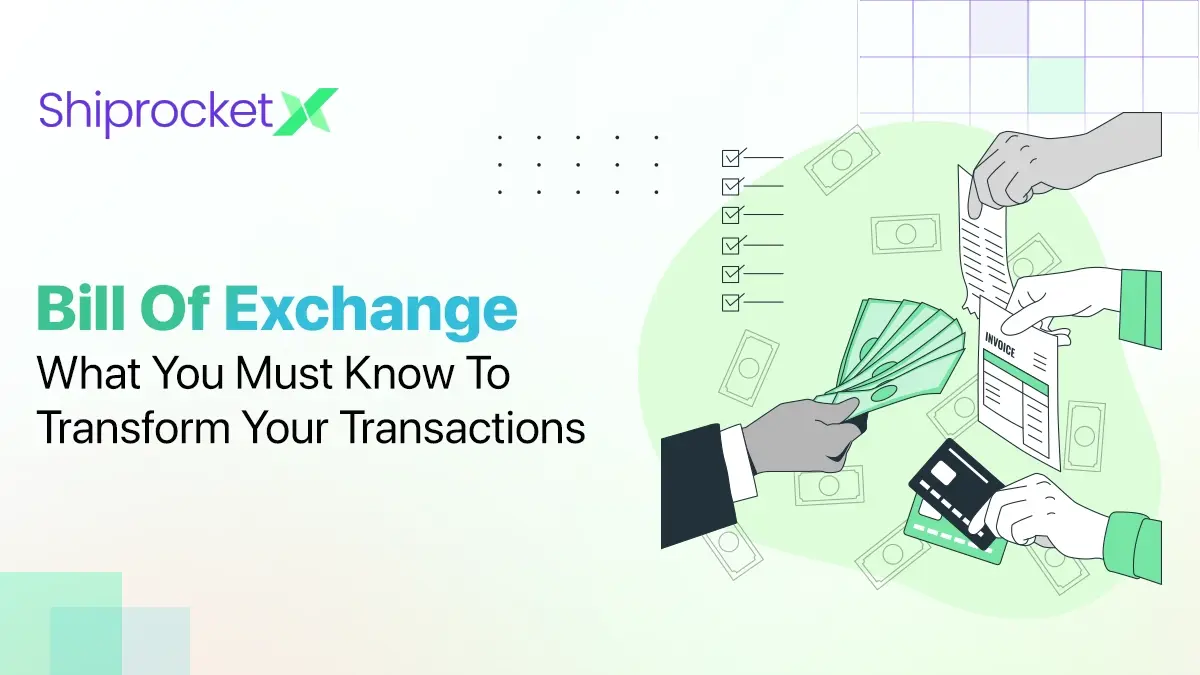Writing Blog for eCommerce: The Ultimate Cheat Sheet
Writing a blog for eCommerce can be tricky but not impossible. Take a deep dive into our cheat sheet and trust me, you will come out like a pro.
Why Writing blogs for eCommerce is Important?
The web has an immense influence over people’s thinking today. If they need to be enlightened about something, they just search it on the internet. Writing blogs for eCommerce has opened opportunities for writers. Through the internet, they are able to share their knowledge and insights that others can use. They can connect with people from different parts of the globe.
Launching a blog is an effective tool that allows anybody to publish his or her writing online. A blog, typically, discusses things on a personal level that is why many people prefer to read blogs instead of technical pages. Due to their ability to establish rapport with the readers, blogs have become the extension of the marketing strategy of numerous businesses.
Ecommerce sites have taken advantage of the popularity of blogs by launching their own. This tool has helped them increase traffic and sales. However, it is not as easy as that. If you own an ecommerce site and is planning to launch a blog, you must know the basics of correct blogging.
Where do I Blog?
BlogSpot, Blogger, Weebly, and WordPress are just some of the popular blogging platforms today. You can set up a blog for free but the features are limited. As an ecommerce site owner, your airs is to attract readers and persuade them to come back- and of course, convert those visits to sales. The blogging platforms mentioned above offer an easy to access to an easy-to-use system. You need not be a certified computer programmer to survive the process. They also offer various templates, plugins, and add-ons. These platforms became the training ground of some successful bloggers today.
You may also integrate the blog into your webpage, just asks the programmer (or Kartrocket) to add a “blog” tab. If you want this section to be highlighted, put it along “Home” “Products/Services” and “Contact Us”. Some ecommerce website owners prefer this because it makes the blog and the website easier to track.
How to Design the Blog?
The visual presentation of the blog plays a huge role in attracting an audience. It’s actually a matter of make or break. The brains of the audience will process the appearance of the blog before its contents. Therefore, if your blog looks too messy and too flashy, do not expect a large audience to endure it.
Follow these practices while writing a blog for eCommerce. Choose a template that presents the texts clearly. Fonts should be readable and colors should be discernible. You may want to use colors that symbolize your ecommerce business. Images can also be included but make certain that they are appropriate and would not overrun the texts.
What to Blog?
There are no restrictions on what you can write on a blog, which is why writing a blog for eCommerce has become really widespread. Anybody can say anything. But if the purpose of the blog is to pump the sales of an ecommerce site, you must contemplate every entry very well. The contents define the value of the blog. Hence, if it is not sensible or helpful in any way, it is not going to boost your ecommerce site. Here are some tips on what to write in a blog:
Use a Casual Tone
The purpose of a blog is to connect with readers on a personal level. Make them feel like your blog is a longtime friend talking to them. If the tone is cold and stiff, they will think that your business is not approachable or sociable.
Avoid Difficult Terms/Highfalutin Words
Do not expect every reader to know everything that your blog is talking about. Treat all of them like newbies, but use common sense. While writing a blog for eCommerce, never try to explain something that is utterly obvious. If technical terms must be used, be used to include a clear and concise explanation. Use easy-to-understand and appropriate words. However, you must also consider the target audience of the blog. If your ecommerce business intends to sell humorous books, then the words must be apt for humor.
Avoid hurting other businesses.
Saying negative things about other business entities can backfire. The best thing to do is avoid topics that would propel your blog to become destructive. If you intend to write reviews on certain products or services, try to sound as professional as possible.
Do Not Be All-Business.
A blog that only talks about a particular company are a lackluster blog. Readers will get tired of reading the same thing over and over again. Furthermore, they will view the blog as nothing but an extension of a marketing strategy- a stone-cold tool that only wants profits. Make them feel your concern by writing posts that are enlightening informative, insightful, helpful, or humorous. You may post tips and tricks, comparative studies, anecdotes, or just anything that may improve your quality of life. Keep your audience in mind while writing a blog for eCommerce.
You Do Not Have to Write It All
Not all ecommerce website owners are good writers. Fortunately, there are lots of people out there who would be willing to maintain a blog for ecommerce websites. You can find experienced blog writers online through virtual sites like ELance, oDesk, and Pay-per-Hour. Just employ a freelancer and instruct him or her on writing blog for an eCommerce website.
The contents of your blog must be kept fresh. Hence, you will have to post a new entry twice or thrice a week, it depends on the size of your audience and your business goals.
Let us know if our topic Writing Blog for eCommerce was helpful or not. 🙂






